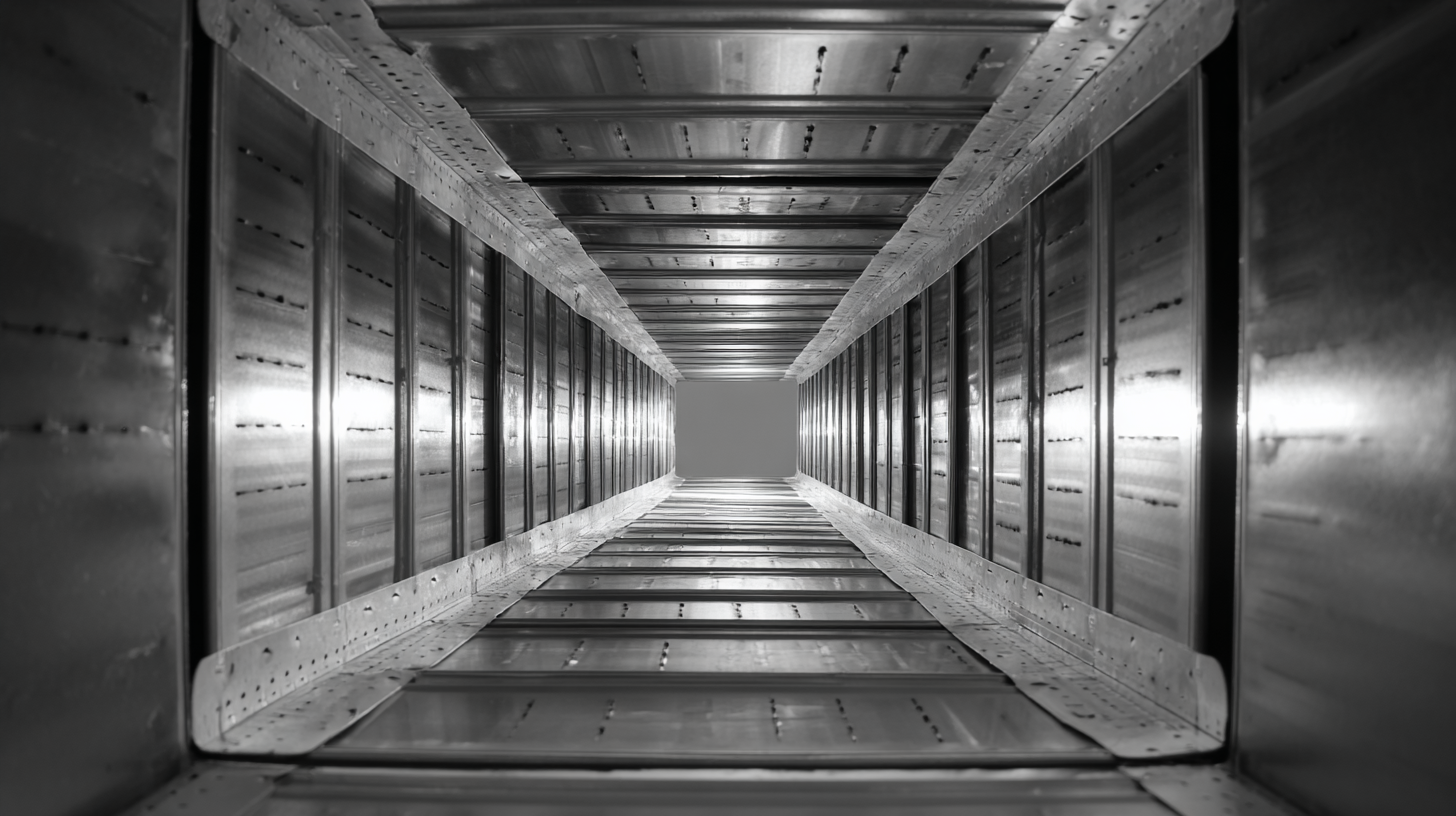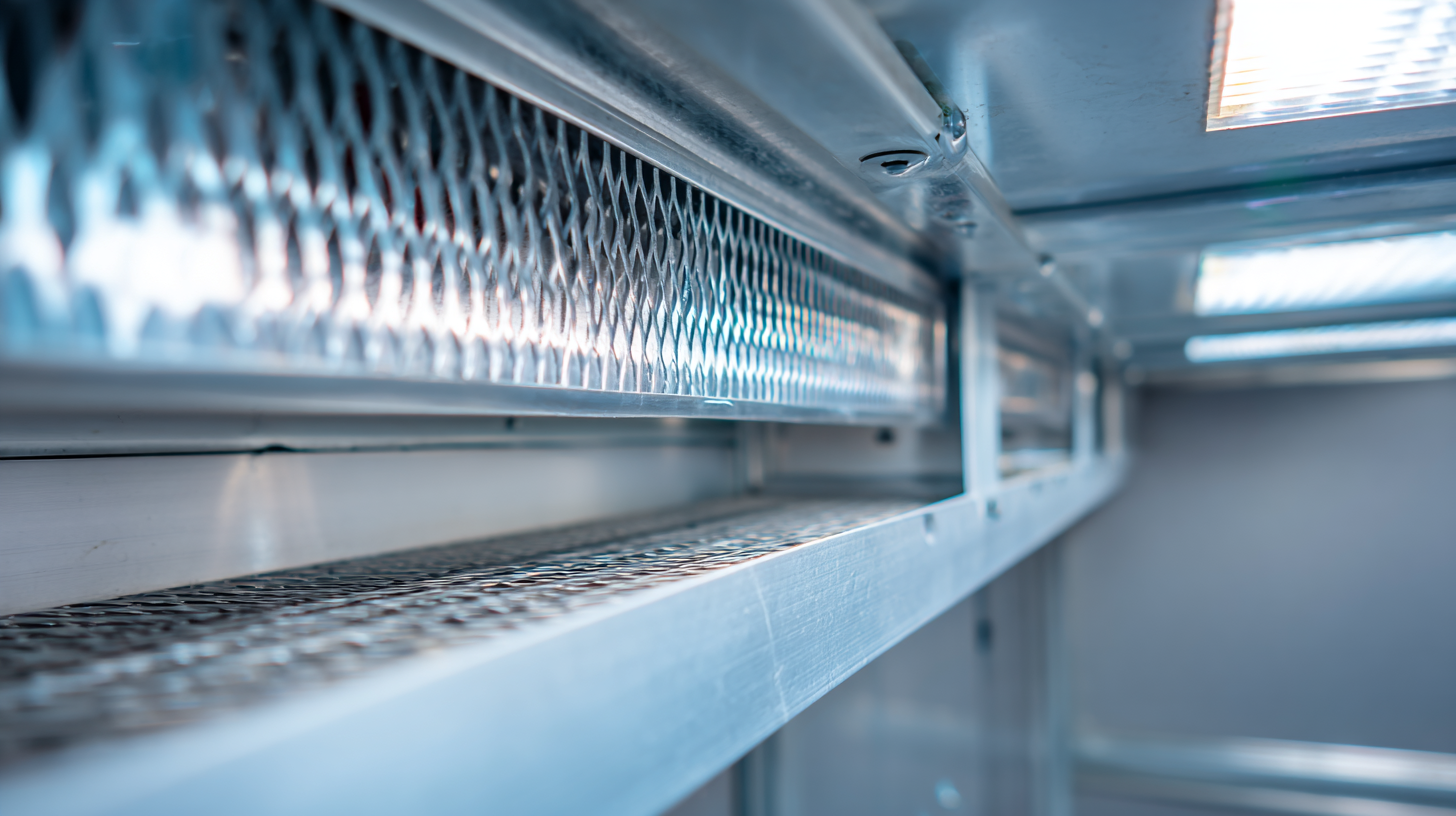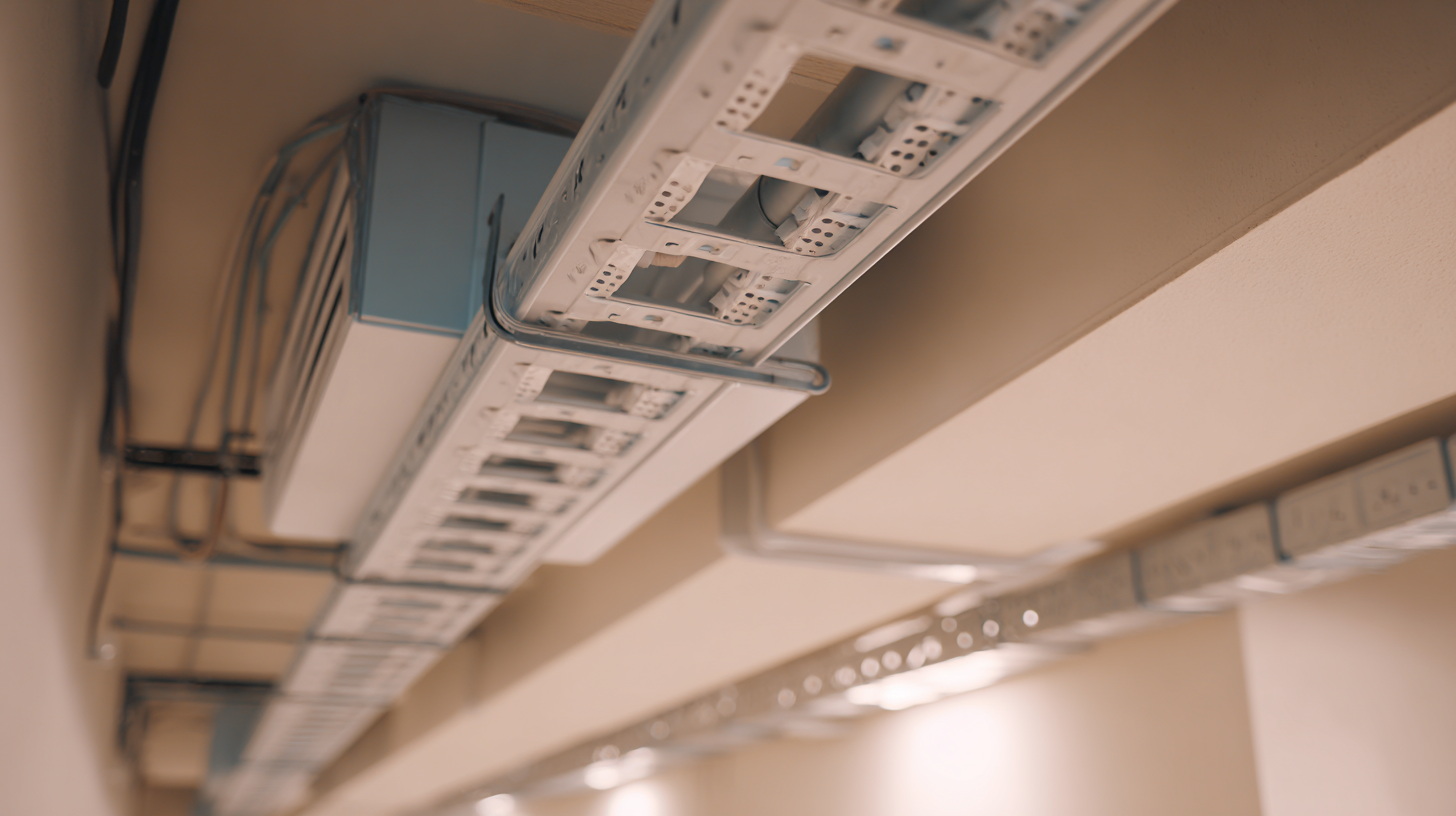The Ultimate Guide to Understanding Air Conditioning Trunking: Benefits and Installation Tips
When it comes to ensuring the efficiency and aesthetic appeal of your air conditioning systems, understanding air conditioning trunking is essential. This comprehensive guide will delve into the myriad benefits of air conditioning trunking, from improving the overall look of your space to protecting vital ductwork from damage. Moreover, proper installation techniques will be discussed, providing you with practical tips to achieve a seamless integration of trunking into your home or business. Whether you are a DIY enthusiast or seeking professional help, this guide aims to equip you with the knowledge needed to make informed decisions regarding air conditioning trunking, enhancing both the functionality and style of your environment. Join us as we navigate the critical aspects of choosing, installing, and maximizing the advantages of air conditioning trunking for your cooling systems.

Understanding Air Conditioning Trunking: What You Need to Know
Air conditioning trunking, a critical component in HVAC systems, provides a neat and efficient way to house the refrigerant lines and electrical cables necessary for air conditioning units. Understanding its significance can lead to improved aesthetics and functionality within your space. According to a report from the Air Conditioning Contractors of America, proper trunking not only protects the lines but also enhances energy efficiency by minimizing energy loss, leading to savings on utility bills.
When considering installation, it’s essential to ensure that the materials selected for trunking are both durable and weather-resistant, as this can affect the longevity of the system. Here are some tips:
First, select insulated trunking to prevent any thermal loss; this can improve efficiency by up to 20%.
Second, proper sealing during installation is crucial—using quality sealants can prevent air leaks that lead to higher energy consumption.
Additionally, planning the layout of trunking in advance can save time and resources. A well-designed trunking system allows for easier maintenance and accessibility while maintaining a clean look. By understanding these aspects of air conditioning trunking, homeowners and property managers can make informed decisions that enhance their air conditioning systems' overall performance and appearance.
Top 5 Benefits of Proper Air Conditioning Trunking
Air conditioning trunking plays a crucial role in optimizing HVAC systems in both residential and commercial spaces. One of the primary benefits is the enhanced energy efficiency it provides. According to a report by the American Society of Heating, Refrigerating and Air-Conditioning Engineers (ASHRAE), properly designed duct systems can improve system efficiency by as much as 20%. This translates to significant cost savings for users, as an efficient system draws less energy, resulting in lower electricity bills over time.
Another notable advantage is the improved indoor air quality. Effective trunking systems ensure proper air distribution and minimize the risk of duct leaks, which can spread pollutants and allergens throughout a building. The Environmental Protection Agency (EPA) estimates that indoor air can be 2 to 5 times more polluted than outside air. By investing in quality air conditioning trunking, households and businesses can create a healthier environment for occupants, enhancing overall comfort and well-being. Additionally, well-installed trunking reduces noise levels, contributing to a quieter, more pleasant indoor atmosphere.

5 Essential Installation Tips for Air Conditioning Trunking
When it comes to installing air conditioning trunking, precision and care are key to ensuring optimal performance. Firstly, it's crucial to accurately measure the length and width of the space where the trunking will be installed. According to a report by the International Energy Agency (IEA), improper sizing can lead to energy losses of up to 30%. This loss highlights the importance of meticulous planning—choosing the right dimensions for your environment not only enhances efficiency but also prolongs the lifespan of your system.

Secondly, always opt for high-quality materials that meet industry standards. The Air Conditioning Contractors of America (ACCA) recommends using insulated trunking to minimize energy loss and reduce noise. Insulation can reduce energy consumption by nearly 20%, significantly impacting utility costs. Furthermore, during installation, ensure that all joints are secured and sealed to prevent air leaks. This not only maximizes efficiency but also maintains a comfortable indoor climate. Remember, attention to detail during installation can lead to substantial savings over time and improved comfort levels in your home or office.
Common Mistakes to Avoid When Installing Air Conditioning Trunking
When installing air conditioning trunking, avoiding common mistakes is crucial to ensure both efficiency and longevity of the system. One frequent error is neglecting the proper sizing of trunking. According to the Building Services Research and Information Association (BSRIA), incorrectly sized ductwork can lead to a 20% decrease in system efficiency. This inefficiency not only increases energy consumption but can also strain the AC unit, leading to potential breakdowns and costly repairs.
Another common mistake is inadequate insulation of the trunking. The Department of Energy (DOE) reports that poorly insulated ducts can lose up to 30% of cooled air before it reaches its destination. This not only results in higher energy bills but also compromises the comfort level within spaces. Proper insulation materials should be selected to prevent thermal losses, ensuring that the air conditioning system operates at its peak performance without unnecessary energy expenditure.
Lastly, disregarding the layout design often leads to inefficient airflow, which can hinder the overall performance of the HVAC system. A well-planned design, as emphasized by the American Society of Heating, Refrigerating and Air-Conditioning Engineers (ASHRAE), is vital for optimizing airflow and ensuring that each area receives adequate cooling. Familiarizing yourself with these common pitfalls can significantly enhance your installation process and the effectiveness of your air conditioning system.
Maintenance Tips to Keep Your Air Conditioning Trunking Efficient
Maintaining your air conditioning trunking is crucial for ensuring optimal performance and longevity. Regular inspections can help you catch potential issues early. One essential tip is to check for any visible signs of wear or damage, such as cracks or loose connections. Addressing these minor concerns before they escalate can save you significant repair costs in the future.
Another critical maintenance tip is to keep the trunking clean and free from obstructions. Dust and debris can accumulate over time, reducing airflow and efficiency. Use a soft brush or cloth to wipe down the exterior, and consider using a vacuum with a brush attachment for hard-to-reach areas. Additionally, ensure that the surrounding area remains clutter-free to promote proper airflow and prevent overheating.
Lastly, make sure to check the insulation on your trunking regularly. Damaged or worn insulation can lead to energy loss, driving up your electricity bills. If you notice any exposed areas, re-insulating them will not only help maintain performance but also enhance energy efficiency. By following these tips, you can keep your air conditioning trunking operating smoothly for years to come.
